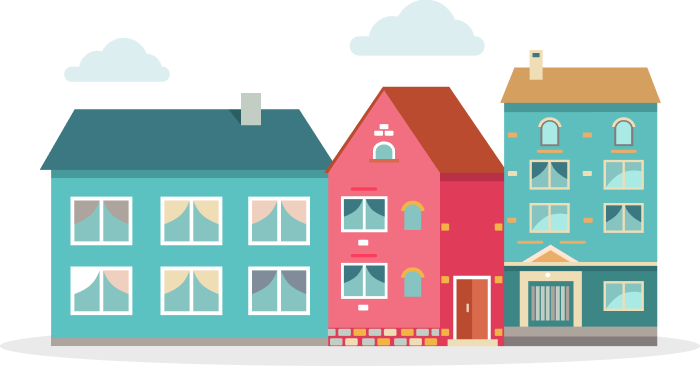Fargo
We did the research. Find a place to call home.
B+
Quality of Life Score
Fargo Information
136,722
Total Population
45%
Married Persons
55%
Single Persons

7/10
City Rating
City ratings are often based on factors including quality of life, economic opportunities, safety, education, and more. A rating of 7 or higher suggests a city with a relatively high quality of life and desirable living conditions. Ratings below 5 might indicate challenges or lower overall satisfaction.
7/10
Overall Value
This is a broader rating that takes into account multiple factors affecting the overall appeal of a city. Ratings above 7 indicate a highly attractive city, while those below 5 suggest areas for improvement.
10/10
Density (Population per mile²)
City density refers to the concentration of people living within a city's geographic area. Higher density indicates busier streets, more crowded living conditions, and increased access to amenities and services.
2459
Fargo
260,000
Reno
City Info
Fargo is the most populous city in North Dakota, with a 2025 projected population of about 136,722. It serves as a regional center for education, commerce, and healthcare in the Fargo-Moorhead metropolitan area. The city has experienced steady growth, with a population increase of roughly 1.3% annually. Fargo’s economy is diverse, supported by sectors such as technology, manufacturing, education, and healthcare. The city is known for its young median age of approximately 32.2 years and a strong educational attainment, with over 42% holding a bachelor's degree or higher.
Residence
30% (Homes Rented)

30 Years
Median Home Age
$300,000
Median Home Price
5%
Home Aappreciation Rate
1.2%
Annual Property Tax
Weather
75%
Sun
15%
Rain
10%
snow
Residence
Fargo offers a mix of housing options, from historic neighborhoods to new developments. The city experiences four distinct seasons, including cold winters with snow and warm summers.
Community
7
Crime Rate (per 100,000)
Democratic
Political Majority
32.2
Average Age
Community
Fargo is a diverse and inclusive community with a strong civic spirit. The city’s population is predominantly White (around 80%), with growing Black (8.3%) and Asian (3.8%) communities. It has a balanced demographic with a healthy mix of families, young professionals, and retirees.
Locale

Occupation
25%
Management, Business, Art & Sciences
20%
Sales & Office Occupations
15%
Service Occupations
15%
Production, Transportation & Material Moving
5%
Natural Resources, Construction & Maintenance
Education
1:20
Student Teacher Ratio
42%
High School Diploma
16%
Some College or Associates Degree
42%
Bachelors Degree
10%
Graduate or Professional Degree
Locale
Fargo’s economy is robust and growing, supported by a well-educated workforce and strong sectors in technology, education, and healthcare. The city offers a high quality of life with access to cultural amenities, outdoor recreation, and a family-friendly environment.
Transit
27%
Public Transportation
70%
Car
10%
Carpool
10%
Work At Home
Transit
Fargo’s public transit system includes bus services that connect the city and surrounding areas, facilitating efficient commuting and reducing traffic congestion. The city’s infrastructure supports a manageable commute and growing population needs.


